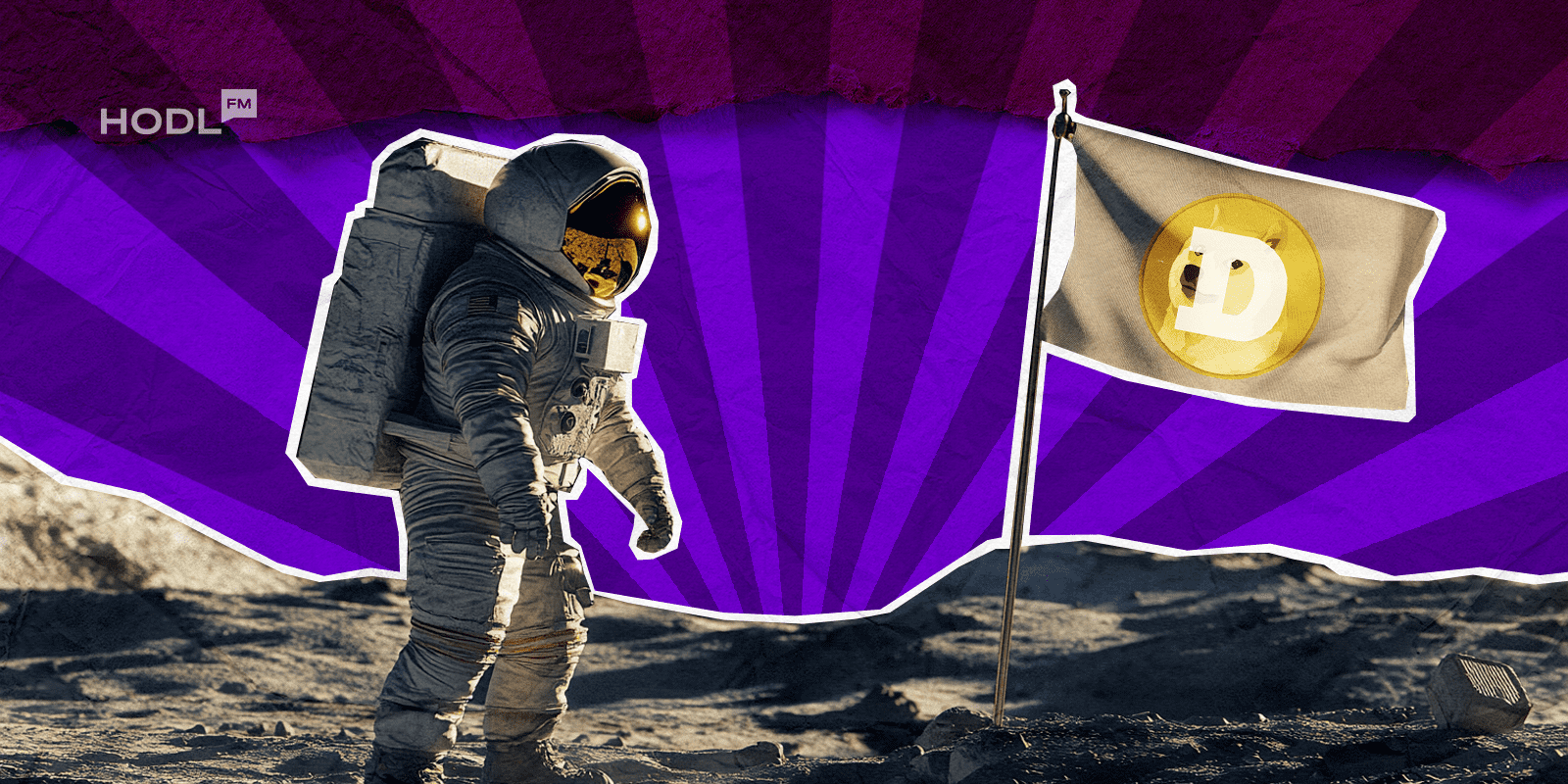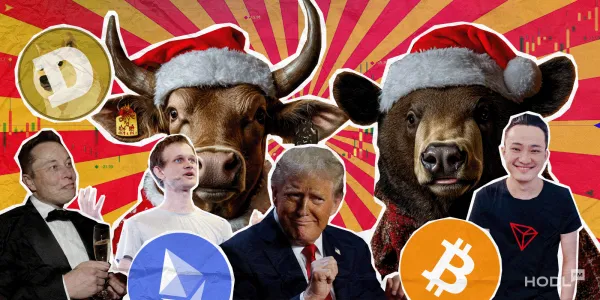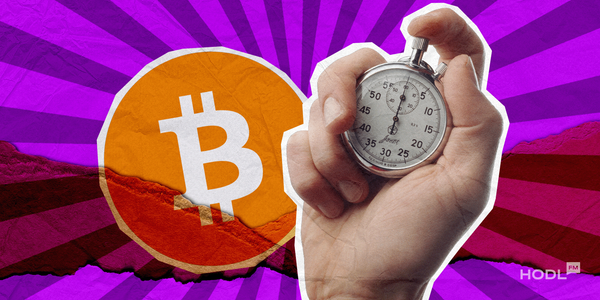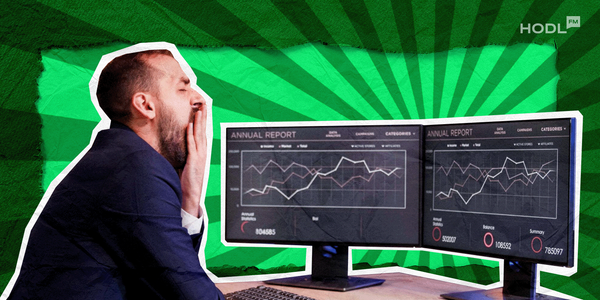Regarding Memecoins, some people can’t tell whether they’re getting joked or investing in a joke. That notwithstanding, 2024 seems set to become the year of Memecoin madness following the crypto market’s bouncing back from its slump in 2023. If Memecoins have tickled your FOMO (fear of missing out) and you’re sitting on the fence wondering whether to plunge in, we’ve got your back. This guide explores the Memecoin market and gives you a sensible kick on every detail you need.
More: Memecoins: A Guide to Choosing the Right One
Memecoins are a class of digital currencies whose inspiration is, you guessed it, memes. Compared to popular cryptocurrencies like Bitcoin and Ethereum, whose value emanates from their grand technical, financial purposes, or the underlying blockchain, most Memecoins don’t have any. These digital assets that live off the internet, social media hype, and humor, mostly conveying ironic humorous messages, are a crypto equivalent of meme stocks like AMC and GameStop.
Famous Memecoins like Dogecoin and Shiba Inu, which started as jokes, derive their value from their social media presence and virality. However, despite their unconventional origins, these digital assets have shown their potential to achieve significant market capitalization. In most cases, the popularity and investment potential of Memecoins have been associated with social media trends or prominent personalities who support them. The result has been the unpredictable Memecoin volatility.
Why is the market obsessed with memecoins this cycle?
— Insightful ♦️ (@info_insightful) August 21, 2024
Memes are as pure and honest as crypto can get
Historically, memes have been associated with retail traders, but we have yet to see retail fully return this cycle
Despite this, memes have arguably garnered more attention… pic.twitter.com/UgSdkWww9h
The matchless combination of this cultural phenomenon and financial instruments makes Memecoins a unique part of the cryptocurrency market. Some of the factors that make the existence of Memecoins exciting and popular include:
Cultural Phenomena: A Memecoin mainly reflects a popular theme or viral online trend, embodying the fun and glee primarily associated with the internet culture. Memecoins introduce the aspect of light-heartedness into the crypto space, which is mainly associated with severe financial and technical aspects.
Community and Belonging: Memecoins have a way of creating solid and humorous communities consisting of fans and investors joined at the hip with the coins and tokens associated with their memes, creating a sense of belonging and shared identity.
Speculation and Investment: Notwithstanding their often comical origins, some Memecoins have shown the potential to become legitimate investment vehicles with highly speculative prospects. Some investors have earned immense profits from Memecoins, whose popularity rose fast, leading to significant albeit volatile profits.
Marketing and Prominence: Social media influencers and celebrities like Elon Musk have played a significant role in creating a niche for Memecoins as a serious investment vehicle. By merely mentioning Memecoins or investing, such influential individuals have served as marketing tools, helping to market digital assets and attract attention to them.
Experimental and Educational Purposes: Memecoin investing provides a platform for beginners who want to try their hand at cryptocurrency investing. Potential investors can use Memecoins to test governance models, new technologies, or consensus mechanisms in a lively environment.
History of Memecoins
From the rise of DOGE in 2013 to television memes, Memecoin coins have had a short but colorful history. Today, they have permeated the collective consciousness of crypto-savvy individuals worldwide. Besides thriving in the wild and sometimes bizarre crypto sphere, the ongoing Memecoin madness is slowly but surely becoming intertwined with the emerging world of crypto.
Dogecoin (DOGE), the pioneer Memecoin, was created as a joke by software engineers Jackson Palmer and Billy Markus in December 2013. The duo initially intended to develop DOGE as a parody of cryptocurrencies to poke fun at their rapid proliferation. The token that showcased a Shiba Inu dog as its mascot soon got a life of its own, to the surprise of its founders, thanks to its friendly and humorous culture.
🚨JUST IN: @CoinMarketCap released the H1 2024 report for the most popular categories.
— SolanaFloor (@SolanaFloor) July 2, 2024
Meme Coins remained the most popular category, representing 22% share, followed by the Solana ecosystem at 9.64% pic.twitter.com/iNeIPw5bJN
Launched in August 2020 by an anonymous developer known as “Ryoshi,” Shiba Inu (SHIB) was the first serious copycat Memecoin. SHIB’s developers leveraged the power of social media to create an army similar to its predecessor’s DOGE army. The growing Meme mania erupted in 2021 with new coins like Kishu Inu and Akita Inu, among others. However, some coins like SafeMoon that had attracted so much hype crashed quickly after they became apparent scams.
The price of Memecoins surged briefly in 2021 before coming to a crash in late 2021 during the crypto Bear market, as well as environmental concerns surrounding crypto mining, market corrections, and changing regulations. The entry of Pepecoin (PEPE) in 2023 brought back the enthusiasm for Memecoins. PEPE, inspired by the meme character Pepe the Frog, soon became famous thanks to the power of social media marketing and community building. Thanks to its reasonable Memecoin price, PEPE made headlines as a few speculators and investors made eye-popping returns when Bitcoin and other cryptocurrencies resurged at the end of crypto winter.
How Memecoins Work and What It Has to Do with Attentionomics
Memecoins work under a blockchain technology framework just like other cryptocurrencies. Nonetheless, the price and value of Memecoins are determined by memes and Memecoin trends rather than regular economic principles. In most cases, Memecoins are created via crypto mining, where users provide processing power to validate blockchain-based transactions in exchange for freshly created coins.
Users can easily learn how to buy, sell, or exchange Memecoins from various crypto platforms and exchanges as and when they are created. The social media and internet culture Memecoin plays a leading role in determining the dynamics of supply and demand or defining their worth. It’s also worth saying that their simple nature or format makes it possible to remove the complexities and jargon mostly associated with cryptocurrencies.
Like good marketing, good memes are evocative, as they make viewers experience a combination of intelligent and funny, enticing people to join, buy, or change. That’s precisely what happens when you combine memes and cryptocurrencies – Memecoins. If anything, Memecoins coming in the form of celebrity coins, dog coins, or cat coins are the actualization of the attempt to monetize attention.
The virality of Memecoins should help us understand the mechanics of how attention moves and how its monetization on the internet is gradually changing. Web2 thrived on the remnants of mass media models; there was lots of surveillance surrounding it, making it a somewhat targeted form of advertising. Enter Web3 with its different tools and methodologies, which include collaboration. Instead of sales funnels, Memecoins has introduced an opt-in advertising model that monetizes attention.
Memeсoin Examples
Current Memecoin trends show that while some can be compared to the proverbial flash in the pan, others have cut a severe image of the crypto market. At the time of writing, the leading Memecoins by market capitalization at CoinMarketCap include Dogecoin (DOGE), Shiba Inu (SHIB), Dogwifhat (WIF), Pepe (PEPE), and FLOKI (FLOKI).
Dogecoin (DOGE): With a Doge Army alive and kicking, DOGE leads the pack and may illuminate the Memecoin future. The entry of numerous copycat coins has only raised the profile and prominence of Dogecoin.
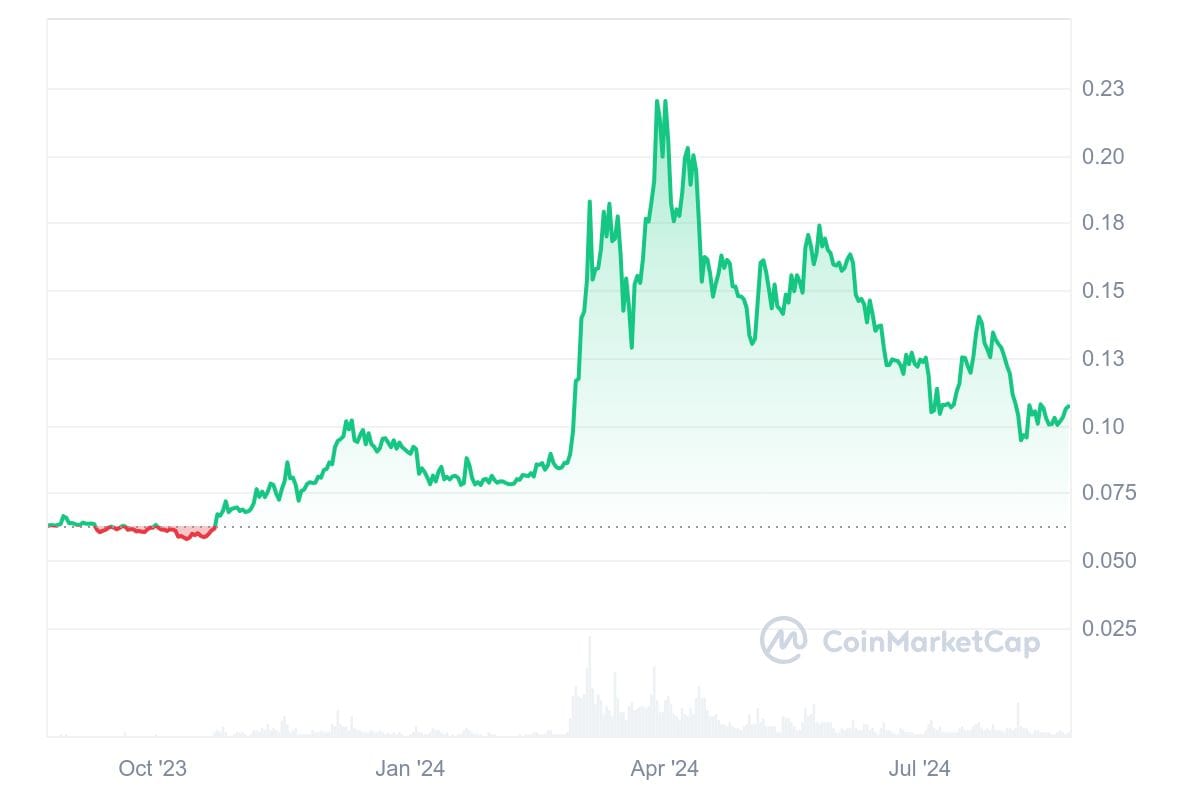
Shiba Inu (SHIB): The Memecoin that’s somewhat related to Dogecoin has shown it has the stamina to endure tough times, overcoming the most turbulent moments of Memecoin volatility. Shiba Inu is also supported by the layer two blockchain network Shibarium and the decentralized crypto exchange ShibaSwap, designed to support the SHIB ecosystem.
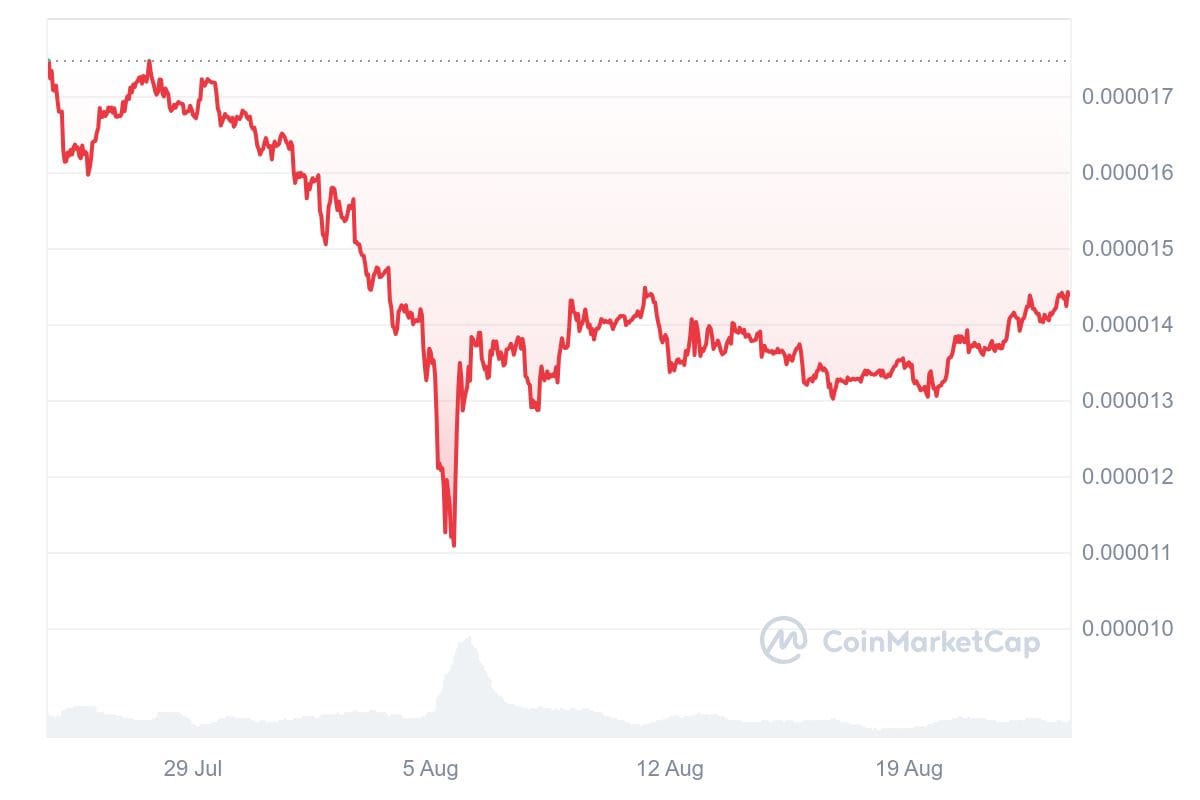
Dogwifhat (WIF): Dogwifhat may be a new entrant into Memecoins, but its fans have dipped it fully into the Memecoin mania. The whimsical cryptocurrency characterized by a dog wearing a hat has thrived due to an engaging social media frenzy and creative marketing tactics.
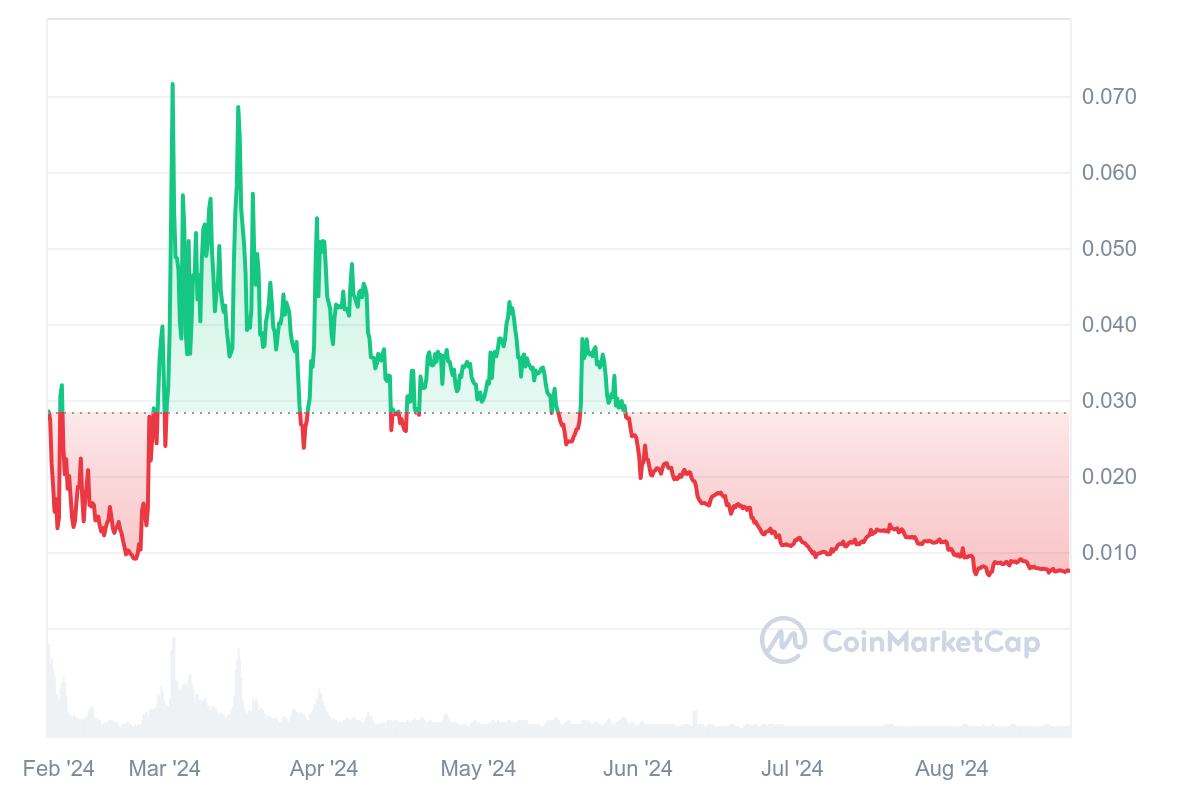
Pepecoin (PEPE): Pepecoin is based on the famous Pepe the Frog internet-based meme. The coin appeal is mainly based on its association with the viral meme culture and powerful community-driven hype.
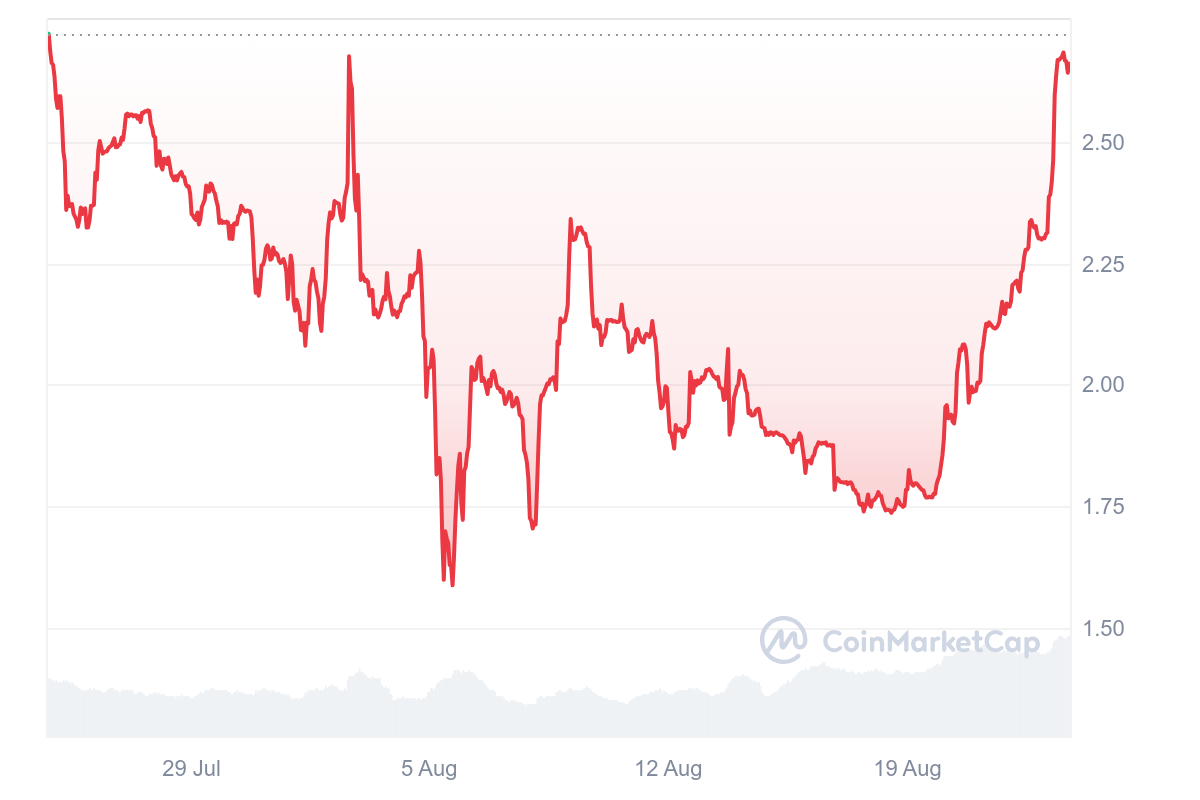
Memecoin Trends and Future Outlook
The ongoing Memecoin madness has captured the attention of the crypto-verse, leaving both individual and institutional investors mesmerized. By leveraging community engagement, celebrity endorsement, and social media hype, this new genre of cryptocurrency has created a new market dynamic.
Social media platforms like TikTok, Reddit, and Twitter have played a crucial role in driving Memecoin prices, as hashtags, memes, and viral posts boost or drop prices in real time. Engagement metrics that make or break the Memecoin market include shares, comments, and likes, where real-time updates will primarily result in Memecoin volatility.
Potential investors must, therefore, educate themselves about potential Memecoin risks that may be obscure within the conventional cryptocurrency market. Note that celebrity endorsements almost instantly affect prices, with spikes and drops reacting quickly to such news. Seemingly innocent actions like creating content, organizing events, or offering educational materials have contributed positively or negatively to Memecoin trends.
Related: Celebrity Meme Coins Drop As Market Interest Finally Cools Down After Big June Debut
Due to their volatile nature, effective Memecoin risk management practices, such as setting clear investment limits, are essential so investors can frame the extent of loss they’re willing to endure when things go wrong. Moreover, there is a continuously evolving regulatory framework surrounding Memecoins in many jurisdictions where these digital assets are popular. As the potential for institutional involvement nears becoming a reality, this could become a game-changer as regulatory bodies become more vigilant in monitoring the impending Memecoin future.

Disclaimer: All materials on this site are for informational purposes only. None of the material should be interpreted as investment advice. Please note that despite the nature of much of the material created and hosted on this website, HODL FM is not a financial reference resource and the opinions of authors and other contributors are their own and should not be taken as financial advice. If you require advice of this sort, HODL FM strongly recommends contacting a qualified industry professional.
